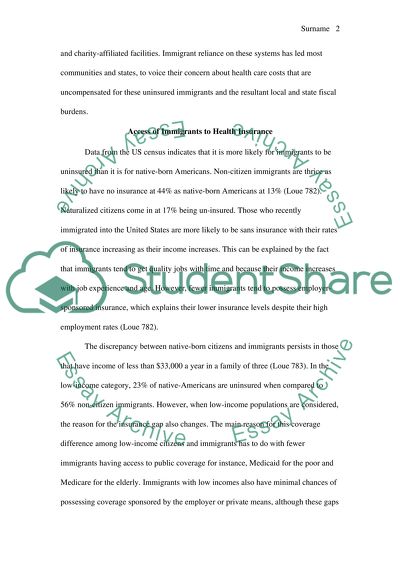Cite this document
(“Immigrant Access to Health Insurance and Medical Care Essay”, n.d.)
Retrieved from https://studentshare.org/macro-microeconomics/1464708-immigrant-access-to-health-insurance-and-medical-care
Retrieved from https://studentshare.org/macro-microeconomics/1464708-immigrant-access-to-health-insurance-and-medical-care
(Immigrant Access to Health Insurance and Medical Care Essay)
https://studentshare.org/macro-microeconomics/1464708-immigrant-access-to-health-insurance-and-medical-care.
https://studentshare.org/macro-microeconomics/1464708-immigrant-access-to-health-insurance-and-medical-care.
“Immigrant Access to Health Insurance and Medical Care Essay”, n.d. https://studentshare.org/macro-microeconomics/1464708-immigrant-access-to-health-insurance-and-medical-care.


